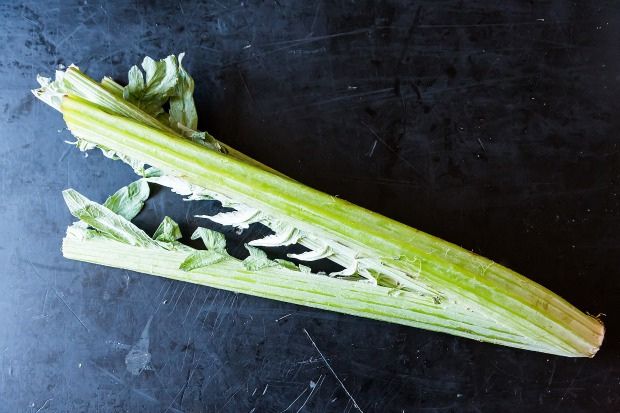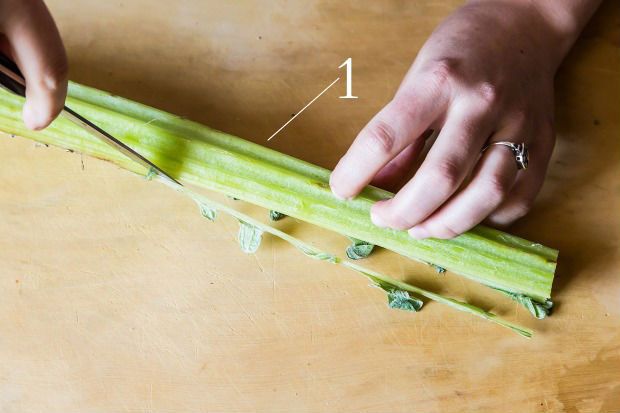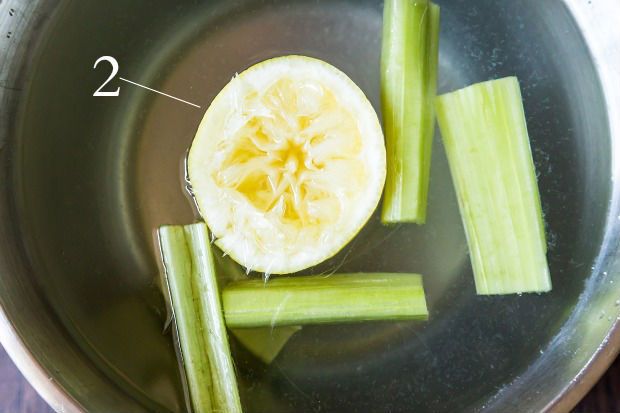Popular on Food52
10 Comments
Rebeccleigh
April 17, 2018
I go on quests in NYC for these every year and can never find them. When and where!?!
Lindsay-Jean H.
April 18, 2018
Oh no, that's so frustrating! You should definitely be able to find them in NYC, I'm in Michigan, so I unfortunately can't point you to specific spots, but big farmers markets like Union Square should definitely have them once they start to come in season in early summer.
Luc M.
December 20, 2014
In France we can buy them cooked in cans. Does somebody know if they can be ordered online in the USA? I leave in SC now and would like to eat some.
Thanks
Thanks
cookinginvictoria
May 29, 2013
I love cardoons! They are not readily available where I live, so I am trying to grow cardoons in my garden this year. Fingers crossed for a good harvest! Love hearing everyone's tips about how their families cook and eat cardoons.
mrslarkin
May 29, 2013
Have been eating cardoons forever. We'd clean and trim them, then boil them till tender. Delicious in a light tomato stew. Or breaded and fried. My dad grew them a few years ago. The leaves are enormous, leathery and gorgeous.
lisina
May 29, 2013
i was raised on these! in romagna they're stewed forever with garlic and onion. nothing could be better.
louanne
May 29, 2013
My Sicilian grandmother made Carduni Fritti for us each spring and to place on her St. Joseph's Altar.




See what other Food52 readers are saying.